How cologne appeared: the military history of "Cologne water"
Categories: Europe | History | World
By Pictolic https://pictolic.com/article/how-cologne-appeared-the-military-history-of-cologne-water.htmlIt's hard not to agree that wars that sow death and destruction simultaneously help to move progress. Some of mankind's inventions were conceived as a military development, but in the end they were liked by civilians. In addition, the movement of armies between countries and continents contributes to the rapid spread of ideas and technologies, which also has an impact on the world around us.
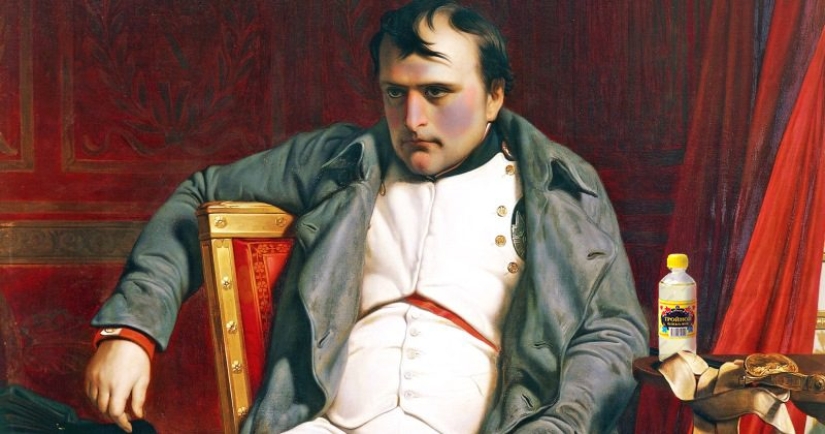
Many things that we use every day today appeared only thanks to the military. One of the important finds of mankind, which appeared in our lives thanks to the wars, is cologne. To be more precise, cologne was not created as a military development, but if it were not for the war between France and Germany, the world might not have known about this wonderful perfume.
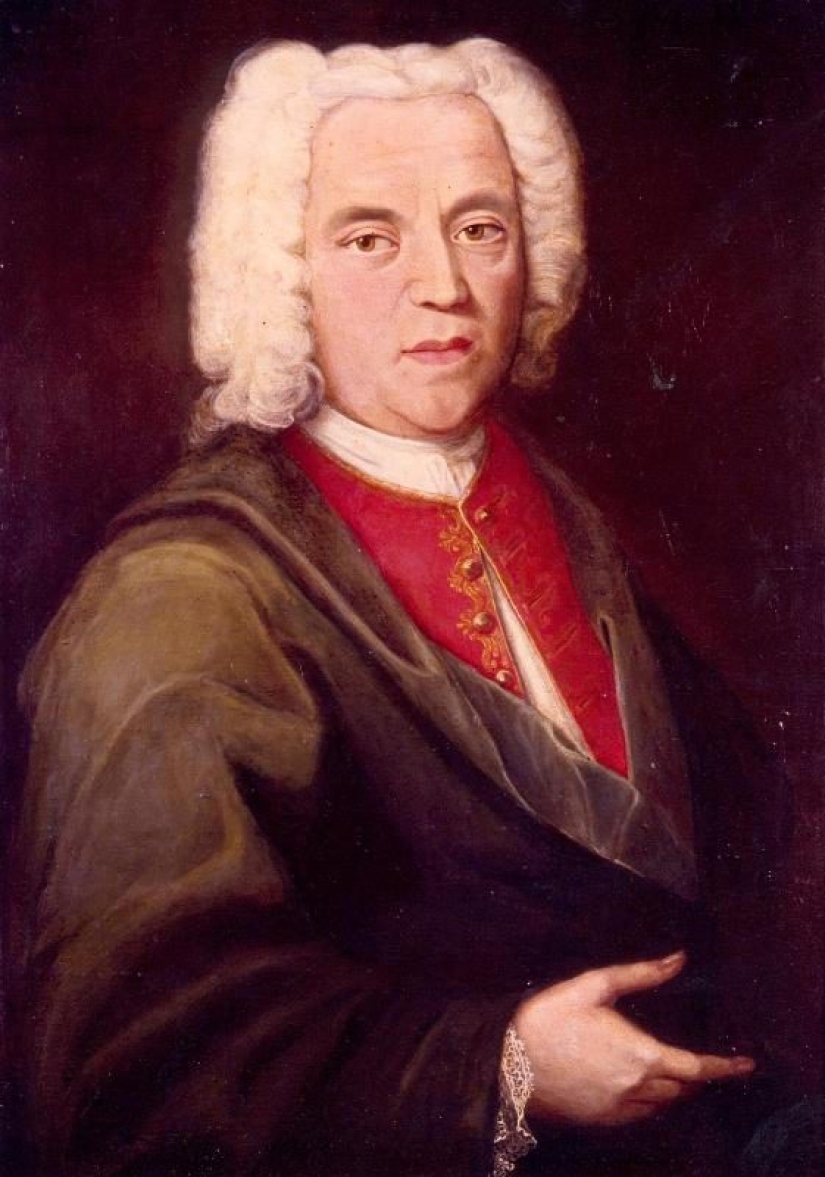
The first cologne was made in 1709 by the Italian perfumer Johann Maria Farina. Despite his extensive experience and undoubted talent, the inventor worked hard to select the components and their ideal proportion. The final product includes citrus and cedar oil, bergamot and several types of fragrant herbs.
Since at that time Farina lived and worked in Cologne, Germany, he did not think long about the name of the new perfume and named it in French after the name of the city — Eau de Cologne, or "Cologne water". Cologne quickly became popular and the Italian's perfume shop was constantly crowded with people who wanted to buy a novelty.
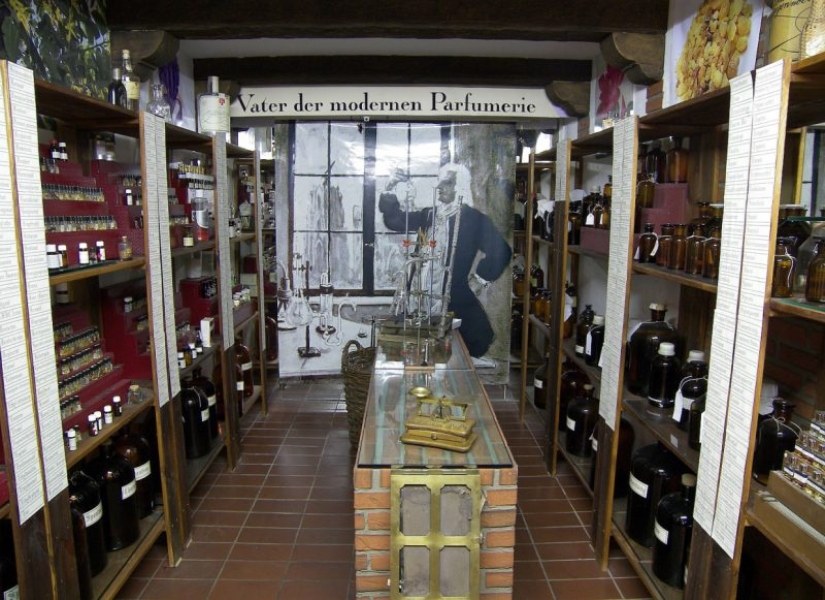
A fresh and pleasant smell the vegetable smell was associated by the inhabitants of gloomy and rainy Cologne with spring, sun and love. The fragrance of cologne gave emotions that the townspeople lacked so much. Cologne won the Cologne perfume market and even appeared in some other cities, but it was still far from world fame.
Farina's invention was a great success during the Seven Years' War of 1756-1763. It was the first large - scale war of Modern times and Winston Churchill argued that it should be considered the First World War. Not only Europe was involved in the conflict, but also North America, the Caribbean, several Asian countries and even some wild tribes from distant islands in the Pacific Ocean.
Despite all the "charms" of a large-scale war, it also had advantages. During the fighting, the borders of the states were shaken and fashion, art and technology began to travel around the world together with soldiers and guns.
In 1756, the French army entered Cologne victoriously. Lovers of exquisite things and pleasant aromas, of which there were many in the troops, immediately discovered Johann Farina's shop, where for almost half a century they had been producing a branded product — fragrant cologne. The soldiers and officers raked out all the perfume supplies and went on their military business.
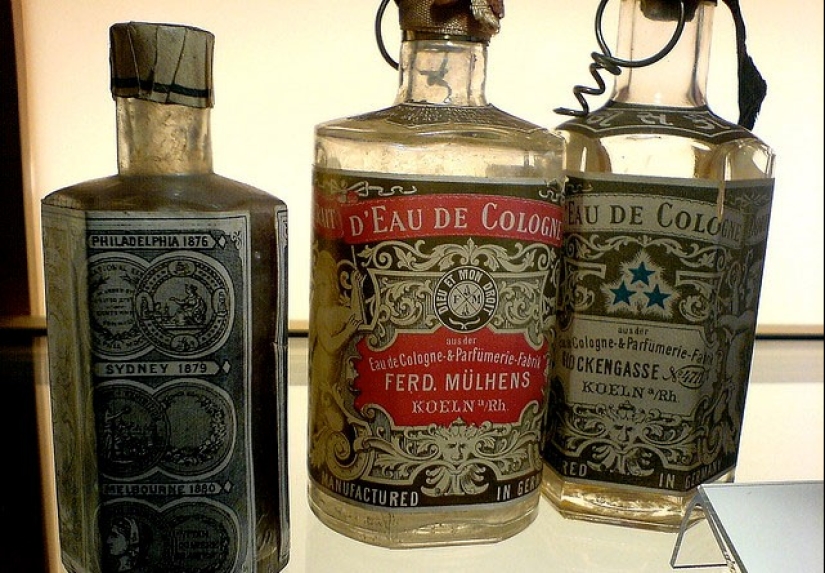
Returning home, the French soldiers brought to their towns and villages a surprisingly pleasant cosmetic product, which was appreciated by both men and women. I especially liked the cologne in Paris. Since no one knew the original recipe, perfumers, focusing on their nose and experience, began to select components and created a lot of new, similar smells.
Among Parisians, cologne was in no less demand than among the inhabitants of Cologne — in the XVIII century, European cities were not distinguished by fresh air and a pleasant smell protected them from the stench of gutters, stables and unwashed bodies. The demand for cologne forced manufacturers to improve the quality of the product, as well as raise its price. And now, the time has come when the soldiers' favorite remedy for unpleasant odors has simply become too expensive for them.
Eau de Cologne became the prerogative of aristocrats and even monarchs did not disdain them. The first batch of "Cologne water" got into Russia as a gift to Empress Catherine II from King Frederick II. But our cologne passed by the soldiers, immediately turning into the favorite perfume of the court nobility.
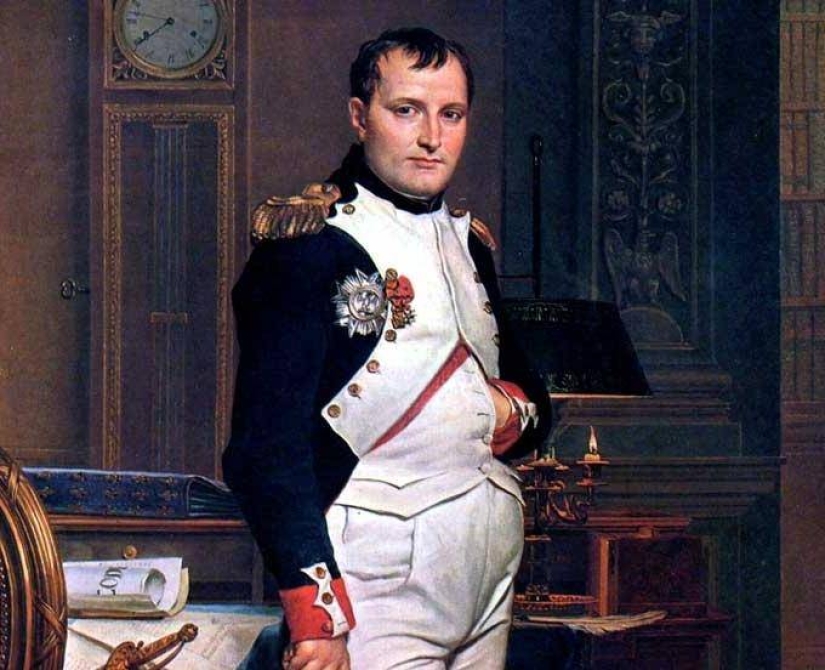
The second impetus for the spread of cologne was given by the Emperor of France Napoleon Bonaparte. The monarch and commander believed that "Cologne water" is useful not only for external use, but also for internal use. Therefore, the great Corsican carried a supply of fragrant liquid everywhere with him and sometimes passed a glass or two of perfume potion diluted with wine with his generals. Napoleon believed that such an application of cologne has a beneficial effect on the brain and helps to generate great ideas.
In addition to ingestion, the French emperor adored baths scented with cologne and soaked things with it. The entourage learned about Bonaparte's approach by the thick, pleasant ambergris of citrus, cedar and herbs that their monarch exuded. Historians claim that Napoleon spent from 12 to 20 bottles of "Cologne water" per day.
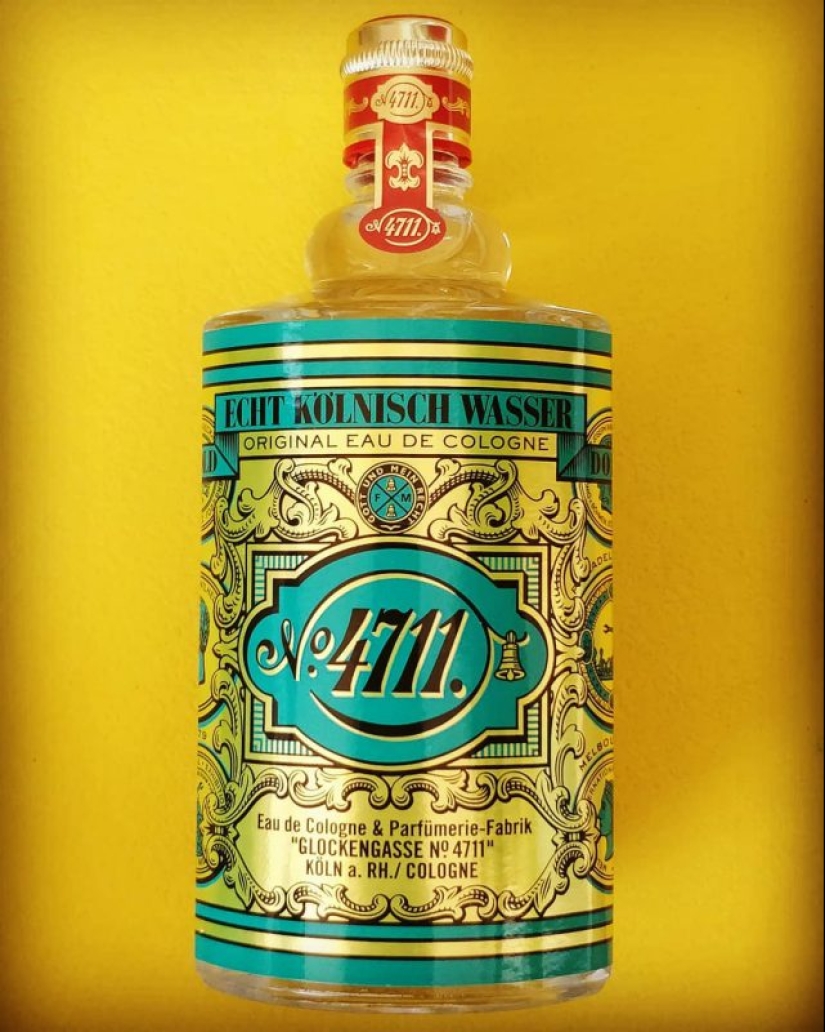
The emperor's addiction to this smell was so great that being in exile, and not being able to order the original product, he made it himself. Of course, Napoleon, with all his talents, was an unimportant perfumer, so the smell turned out to be pleasant, but an order of magnitude less persistent. The emperor called his product Eau de Toilette — "toilet water".
We can also thank the French emperor for the now traditional flat shape of the bottle. The first cologne was produced in round containers, attractive, but not too convenient. Bonaparte came up with the idea of making bottles flat so that they fit behind the boot or in the pocket of a doublet. Thus, you could always have your favorite smell with you.
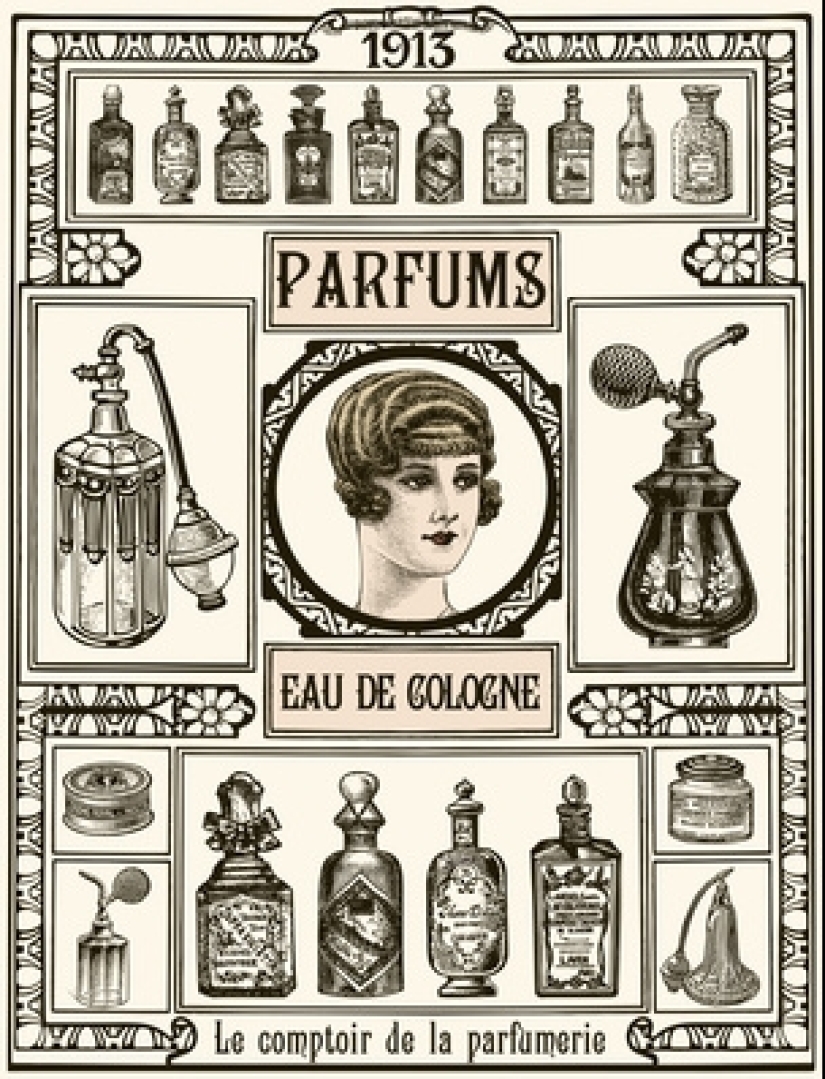
By the middle of the XIX century, cologne was popular throughout Europe and was produced in many countries. Since neatness and cleanliness became fashionable, and baths began to be taken regularly, fragrant water turned from a means of hiding the smell into a pleasant aromatic addition to an elegant image.
In Russia, cologne began to be widely used after the Patriotic War of 1812. Bottles of water with a pleasant smell and vodka fortress were often found in the convoys captured from the French, and many soldiers and officers of the Russian army were happy to use it for its intended purpose and not very much.
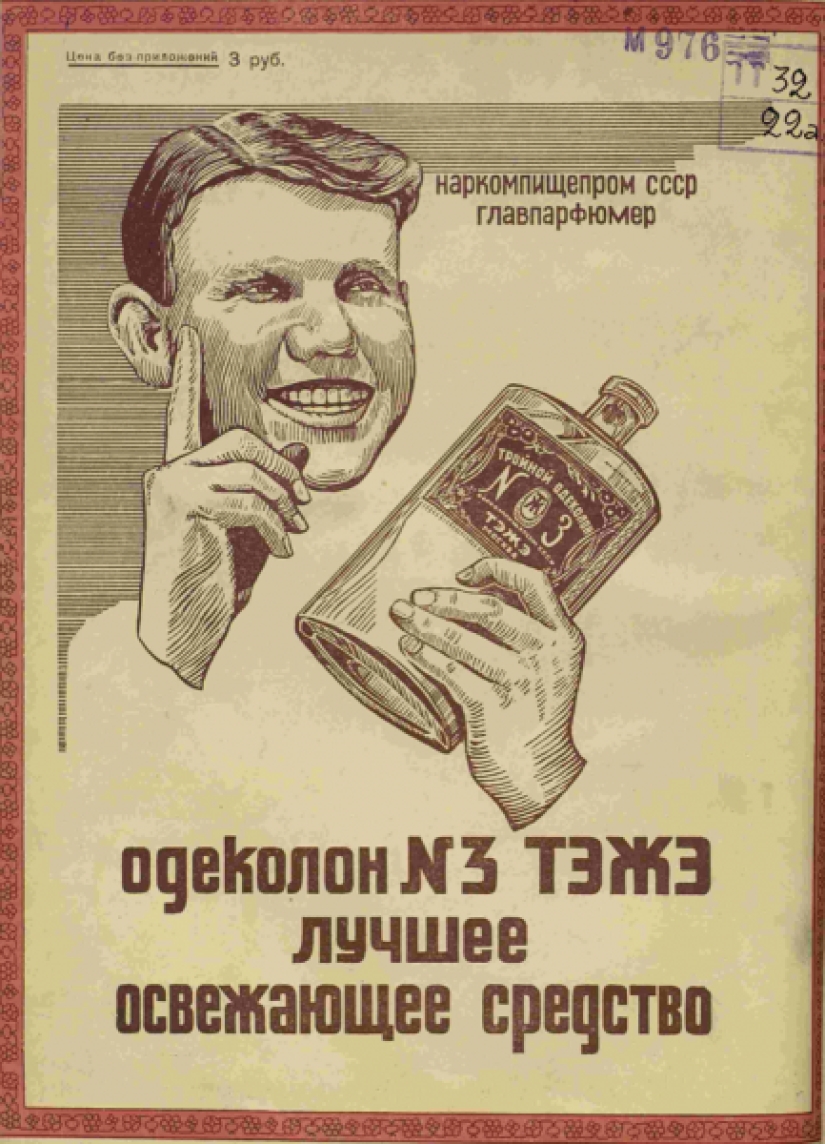
Russian perfumers have solved the secret of the recipe and started to produce domestic products. The first Russian-made cologne was called "Triple" due to the fact that it included three main components forming the fragrance: bergamot, nerol and lemon.
The revolution of 1917 made cologne publicly available. Of course, the "Triple" only vaguely resembled Farina's exquisite brainchild, beloved by Bonaparte. But he was persistent and accessible to everyone. Another product was added to the "Triple" cologne — "Chypre", created by perfumer Francois Coty. It had a heavy aroma of oak wood with distinct notes of moss.
Colognes went to the masses in the full sense of the word. The proletariat fell in love with it not only as a perfume, but also as an alcoholic drink. Production was quickly put on stream and during the "prohibition" introduced after the First World War, it perfectly replaced strong drinks. In Petrograd alone, more than 50 artels worked, producing and immediately pouring noble liquid into the dishes of the suffering.
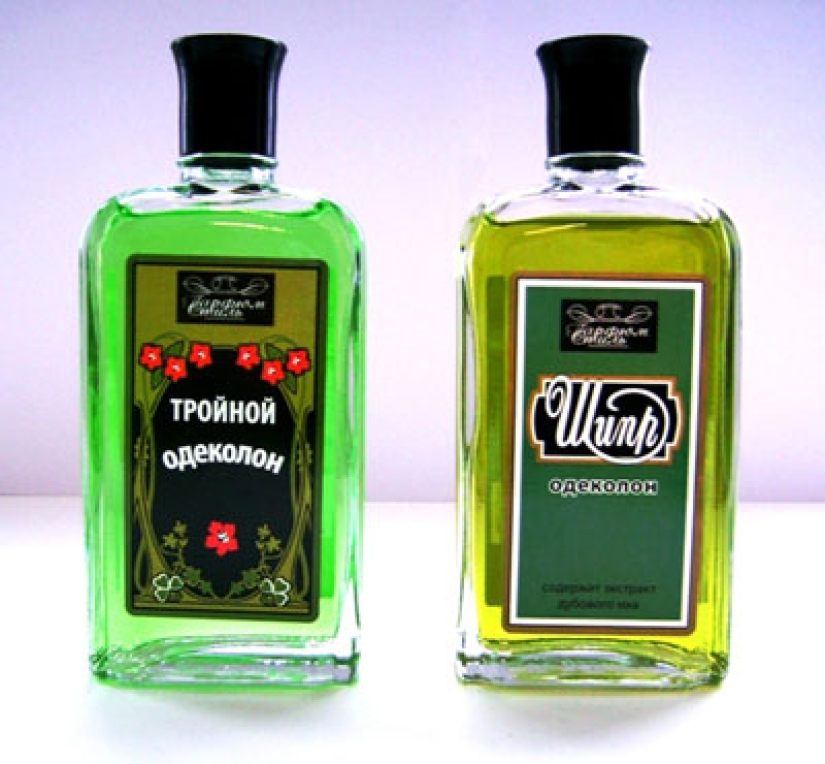
The second surge in demand for "Triple" was noted in the mid-80s, during the struggle for sobriety. A large range of products made it possible to make whole cologne cocktails, for example, "Alexander the Third", from "Triple" and "Sasha". Some gourmets went further and added sugar and other ingredients to the drink to taste.
Today, even marginals don't drink cologne. But this is most likely due not to the high cost of the product, but to a drop in the quality of well-known brands. Natural raw materials have not been used in the manufacture of the "Triple" for a long time, and the "bouquet", according to experts, is not the same at all.
Recent articles

Most of us think that the color of the eggshell does not play any role and it is possible not to pay attention. But it's not and ...

The more we rely on technology, the more potential power hackers gain over us. It doesn't matter if their goal is to help or cause ...

Creating a good portrait is one of the most difficult tasks for any photographer. In order to make a really natural and memorable ...